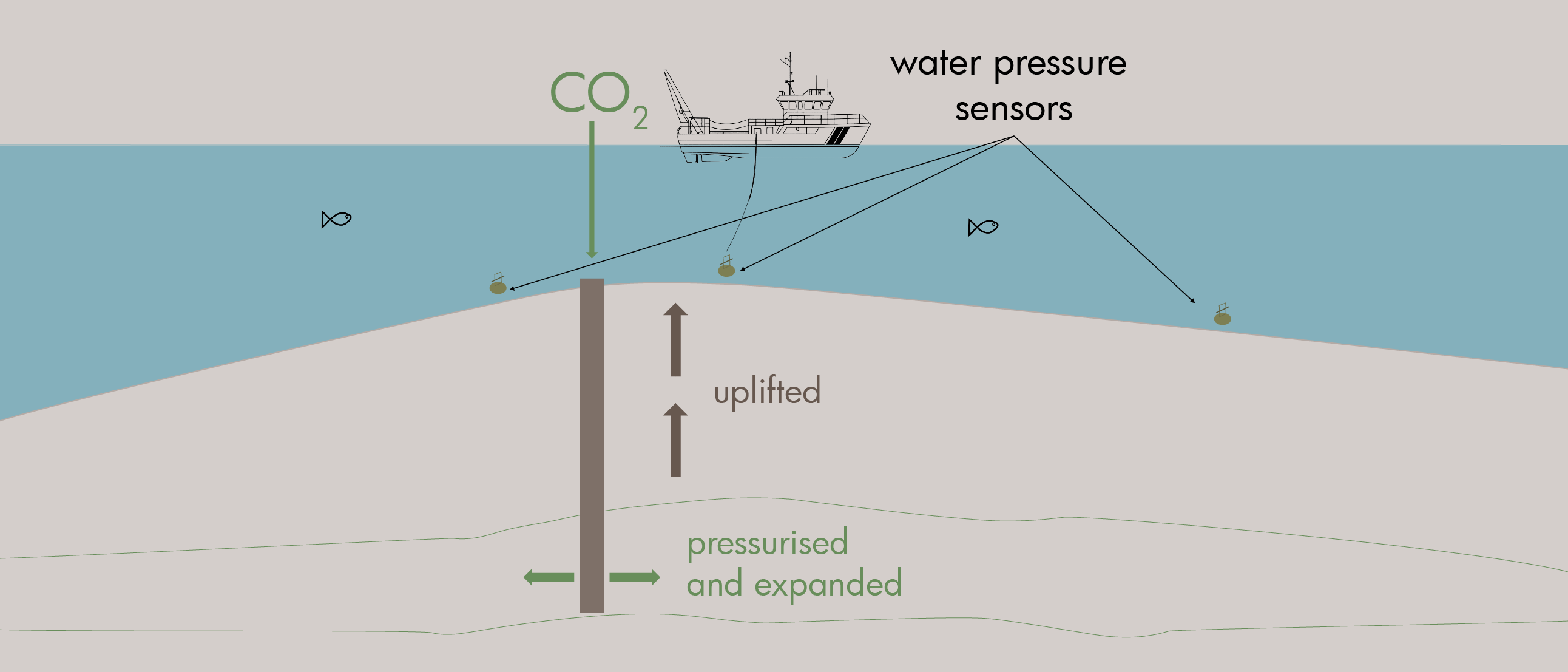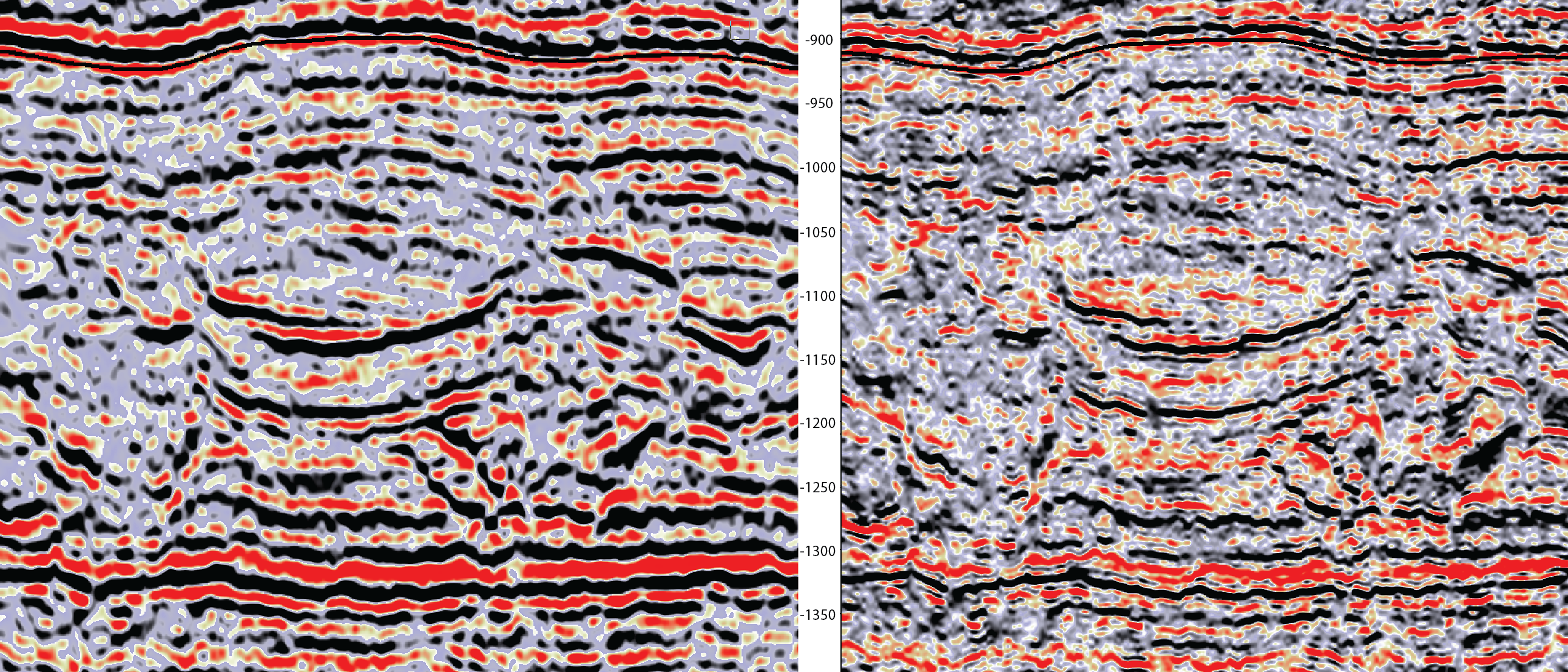The North Sea Energy programme, which started in 2017 and continues to the end of 2021, has almost 30 partners who all look at the energy transition from a different angle. This enables the programme management team, led by TNO, to identify smart solutions quickly. Expronews spoke to Joris Koornneef and Rene Peters from TNO, who are both heavily involved in the project.
Atlas
In order to gain further insight into the energy streams the North Sea already facilitates, the consortium compiled the so-called Energy Atlas. This interactive online tool aims to systematically map all energy aspects related to wind, oil and gas and energy transition options. “At the moment, the Atlas is focused on the Dutch offshore, but there is an ambition to expand this beyond the median line,” says Rene Peters.

Hydrogen
An increasingly important element of the energy mix is hydrogen. The consortium looked into the feasibility of generating offshore hydrogen using wind power (green hydrogen). “Given the current amount of wind-generated offshore energy at the present day (~1 GW), there is no business case for implementing offshore hydrogen production. However, as wind capacity increases in line with the ambitions, there will be the need for more flexibility and a higher conversion share of offshore wind into hydrogen”, Joris explains. At the moment, it is foreseen that this will be the case post 2030, when over 11 GW will be installed on the Dutch continental shelf.
Platform electrification
In the Dutch sector, the total installed power generation capacity is estimated to be about 450 MW. If this was to be supplied through wind-generated power, it would translate to about 75 of the biggest wind turbines installed. Each platform will need about 2 to 10 turbines to electrify, depending on the power demand. As wind cannot guarantee baseload supply, North Sea Energy is looking at options to create a shared grid which combines offshore wind energy with onshore supply as a backup.
CO2 storage
CO2 storage into depleted reservoirs is also being looked at by North Sea Energy. Most gas fields in the Dutch sectors are in Upper Permian Rotliegend sandstones that lend themselves well for CO2 injection. Based on data collated in 2018, the total storage capacity for offshore reservoirs is 1678 Mt, distributed over a total of 108 reservoirs, which puts the North Sea at the forefront of storage capacity.
Urgency is needed
Despite the overall consensus that action is needed, the current low gas prices put additional strain on operators to accommodate initiatives like this. As Rene explains: “Many fields on the Dutch Continental Shelf are near the end of their lives, so there is an increased risk that there will be a gap between short term abandonment plans and the mid-term ability and opportunity to re-use platforms and pipelines for alternative use.” This is not unique to the Dutch offshore; other countries are experiencing very similar pressures. A coordinated and pan-North Sea approach is required where synergy between all countries/companies operating in the North Sea is needed to tackle this issue.
HENK KOMBRINK





